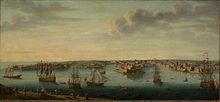
Bagnio is a loan word into several languages. In English, French, and so on, it has developed varying meanings: typically a brothel, bath-house, or prison for slaves.
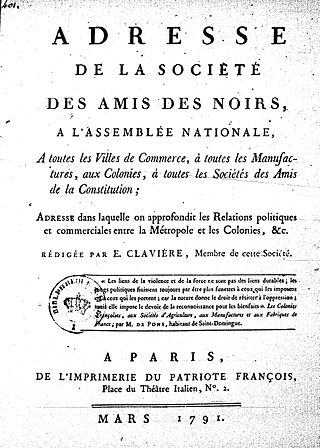
The Society of the Friends of the Blacks was a French abolitionist society founded by Jacques Pierre Brissot and Étienne Clavière and directly inspired by the Society for Effecting the Abolition of the Slave Trade founded in London in 1787. The society's aim was to abolish both the institution of slavery in the France's overseas colonies and French involvement in the Atlantic slave trade.

Henry Joseph Frendo is a professor of modern history, teaching at the University of Malta since 1992. Frendo has previously worked with the UNHCR, and was stationed in Switzerland, Mozambique, Zimbabwe, Egypt and Papua New Guinea. His main areas of research and interest are related to history since 1798; related to imperialism, nationalism, decolonization, postcolonialism, journalism, migration and ethnicity - in Central and Eastern Europe, the Mediterranean and MENA. Other areas of his interest are languages, culture and statehood.He is from Floriana and is brother of Michael Frendo.

The chechia is a traditional headgear worn in the Maghreb. Close relative to the European beret, the chechia is originally a cap-shaped bonnet, colored vermillon red. Until the 19th century, the chechia was often worn surrounded by a turban.

The Code noir was a decree passed by King Louis XIV of France in 1685 defining the conditions of slavery in the French colonial empire and served as the code for slavery conduct in the French colonies up until 1789 the year marking the beginning of the French Revolution. The decree restricted the activities of free people of color, mandated conversion to Catholicism for all enslaved people throughout the empire, defined the punishments meted out to them, and ordered the expulsion of all Jewish people from France's colonies.
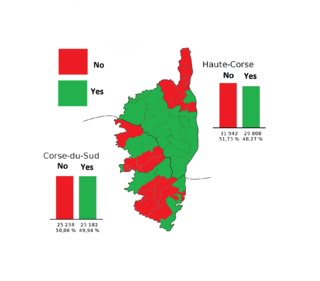
A Corsican autonomy referendum was held on 6 July 2003. Voters were asked whether or not they approved the restructuring of the system of administration on Corsica. Had the referendum been successful, the two départements on the island would have been abolished leaving only the Corsican Assembly which would be granted additional functions including some limited powers on raising and spending taxes. The suggestion was not approved, albeit by a very small margin. 51% voted against the proposal, with 49% supporting it. The difference between the yes and no vote was 2,190 votes.

The French occupation of Malta lasted from 1798 to 1800. It was established when the Order of Saint John surrendered to Napoleon Bonaparte following the French landing in June 1798. In Malta, the French established a constitutional tradition in Maltese history, granted free education for all, and theoretically established freedom of the press, although only the pro-French newspaper Journal de Malte was actually published during the occupation.

Greeks in Malta have a long presence in Malta, which may lead back to ancient times. The archipelago was intensely Hellenized beginning in the 3rd century BC, a process which intertwined with the Christianization of Malta after the 1st century AD. The Byzantine presence was overturned by the Arab conquest of 870, and the surviving Greek community was Islamified. Maltese Christianity of the Byzantine Rite was only preserved in some parts of the country, being especially important in Gozo. These groups formed the basis for a local branch of the Eastern Orthodox Church, revived following Norman conquest in the 1120s. Although marginalized by Catholicism, which became the dominant faith, a Greek-speaking Eastern Orthodox community survived into the 15th century.
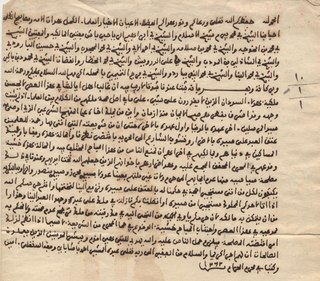
Slavery in Tunisia was a specific manifestation of the Arab slave trade, which was abolished on 23 January 1846 by Ahmed I Bey. Tunisia was in a similar position to that of Algeria, with a geographic position which linked it with the main Trans-Saharan routes. It received caravans from Fezzan and Ghadamès, which consisted solely, in the eighteenth century, of gold powder and slaves, according to contemporary witnesses.

The Conspiracy of the Slaves was a failed plot by Muslim slaves in Hospitaller-ruled Malta to rebel, assassinate Grand Master Manuel Pinto da Fonseca and take over the island. The revolt was to have taken place on 29 June 1749, but plans were leaked to the order before it began; the plotters were arrested and most were later executed.
The Tuchin revolt was a tax revolt of "workers and artisans" in Southern France between 1378 and 1384.

The Nantes slave trade resulted in the deportation, from the late 17th to the beginning of the 19th century, of more than 500,000 black African slaves into French ownership in the Americas, mainly in the Antilles. With 1,744 slave voyages, Nantes, France, was the principal French slave-trading port for the duration of this period. The slave trade was explicitly encouraged by the royal family and described by the church as an "ordinary occupation."
Niama was a Senegalese princess, who was enslaved, and whose liberation meant she became one of the first enslaved people to be freed on Réunion. She was also the mother of the astronomer, botanist and academic Jean-Baptiste Lislet Geoffroy.

Al Pouessi, baptized Marthe Adélaïde Modeste Testas and known under the name of Modeste Testas was an Ethiopian woman who was enslaved, purchased by Bordeaux merchants and subsequently freed after living on three continents. One of her descendants is a former president of Haiti, François Denys Légitime.
Mohamed ben Hassan, also known as Muhammad III was during the reign of Baba Ali Chaouch khaznaji of Algiers before becoming Dey of Algiers from 1718 to 1724 as successor to Baba Ali I.
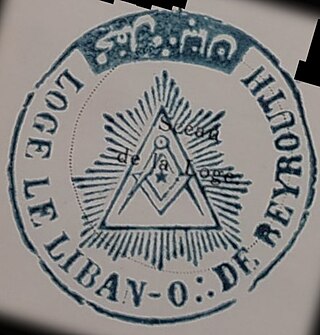
Le Liban is a Masonic Lodge founded in Beirut on the 29th of July, 1868 under the auspices of the Grand Orient de France.
Mohamed Ben Othman Al Meknassi was a Moroccan historian, writer, and diplomat.
Christian Slaves, Muslim Masters: White Slavery in the Mediterranean, the Barbary Coast, and Italy, 1500–1800 is a 2003 book by Robert C. Davis, published by Palgrave Macmillan.
Descent-based slavery is a form of slavery based on the assignment of a so-called hereditary "slave status". Although slavery has been officially abolished by law, stigmatisation and discrimination based on genealogy persist locally.
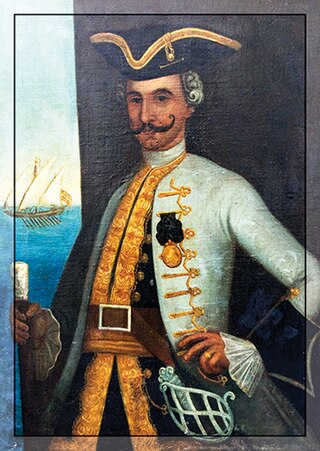
Pietro Gelalich or Petar Želalić was a Dalmatian privateer based in Malta from 1764 to 1795. Gelalich led the mutiny of the Turkish flagship La Couronne Ottomane in 1760 before distinguishing himself in the last period of the Maltese Corso.




